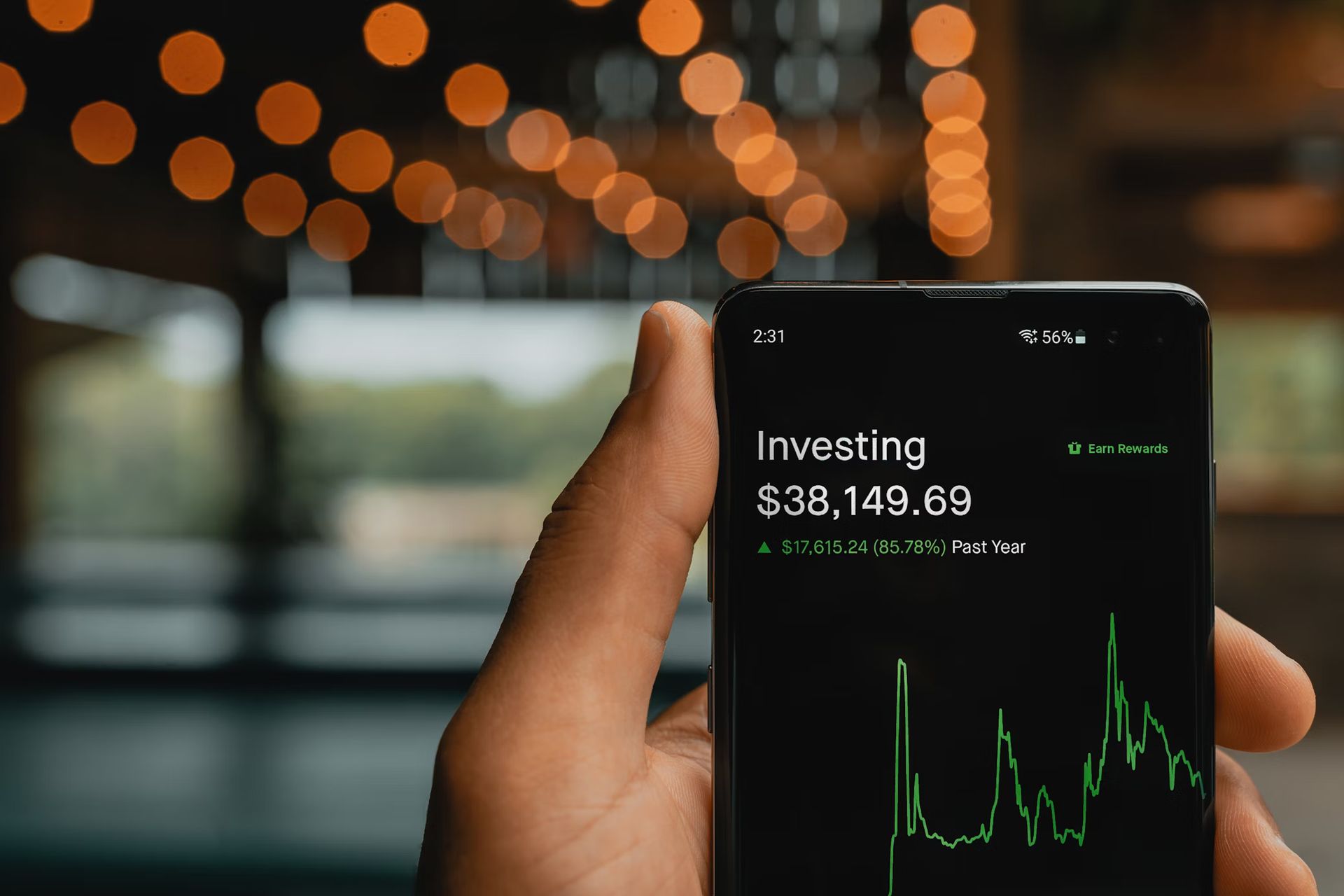and the distribution of digital products.
What is stagflation and why investors are sounding the alarm?

Concerns over stagflation, characterized by rising inflation coupled with stagnating economic growth, have resurfaced, affecting investor sentiment and the stock market’s rally. These fears have become increasingly entrenched amid mixed economic signals.
What is stagflation?
Stagflation is an economic condition where an economy experiences stagnant growth, high unemployment, and rising inflation simultaneously. This is unusual because inflation is typically associated with a booming economy, not one that is underperforming. Here are some key points about stagflation:
- Economic Stagnation: Economic output is low or stagnant, meaning that GDP growth is minimal or even negative.
- High Unemployment: Despite rising prices, the job market remains weak, with a higher rate of unemployment.
- Rising Inflation: Prices for goods and services continue to increase, eroding purchasing power, even though the economy isn’t growing.
Despite a recent period of elevated confidence in the strength of the U.S. economy, driven in part by former President Donald Trump’s historic election victory, investors are now questioning the sustainability of the so-called “U.S. exceptionalism” narrative. This skepticism has become evident in discussions among strategists, particularly at Morgan Stanley, who noted a shift in client conversations toward a more cautious economic outlook.
The U.S. stock market’s recent performance reflects this sentiment, with the Dow Jones Industrial Average and S&P 500 experiencing their steepest declines of 2025. As of the close of trading on Friday, the S&P 500 fell 1.7%, marking its largest dip since December. Comparatively, U.S. stocks are trailing European counterparts, and the ICE U.S. Dollar Index has declined 1.8% year-to-date. The index had recorded an all-time high of 6,144.15 just a week prior.
Analysts have pointed to upcoming inflation data, particularly the January reading of the personal-consumption expenditures price index (PCE), as critical in determining market direction. Economists surveyed by the Wall Street Journal estimate both headline and core PCE readings will come in at 0.3% month-over-month while easing annually to 2.4% and 2.6%, respectively.
Will Compernolle, a strategist at FHN Financial, emphasized the challenges stagflation presents to central banks, noting, “There’s no obvious policy cure for it.” Inflation has remained above the 2% target since its rise beginning in late 2021, despite several rate hikes from the Federal Reserve in 2022 and 2023. Expectations for inflation among Americans have now increased above 3%, and input prices for businesses are also on the rise.
On Friday, the five-year breakeven rate, reflecting inflation expectations, reached a two-year high of 2.61%. Kelvin Wong, a senior market analyst at OANDA, suggested that a tightening of the Fed’s monetary policy could initiate a negative feedback loop affecting the stock market. Following the recent downturn, major stock indexes were attempting to recover, with Treasury yields remaining largely unchanged.
Weak economic data has contributed to concerns of stagflation, including a decline in service-sector activity and customer sentiment. Recent retail sales reports have been particularly poor, heightening worries that inflation could persist while economic growth slows. Compernolle noted that limited forthcoming data could further cement a pessimistic outlook among investors.
The market’s recent fall has been attributed to a buildup of mediocre to negative economic indicators rather than a single event. Preliminary PMI survey readings indicated that U.S. business growth is nearing a standstill, as service sector activity contracted for the first time in over two years. Concurrently, housing data reflected a downward trend, with new housing starts and existing home sales decreasing significantly.
The Michigan consumer sentiment survey also released on Friday revealed an overwhelming decline, with the headline reading dropping by 9%—the largest fall since April’s inflation spikes. The negative sentiment cuts across all demographics, indicating broader concerns over economic conditions.
While declining growth can help temper inflation, it presents its own challenges. Concerns around tariffs further complicate this landscape as manufacturers reported heightened costs for raw materials predominantly attributed to tariffs. This situation has led to fears over future consumer price increases. Additionally, a notable downturn in consumer durability purchasing conditions highlighted growing worries over rising prices, with inflation expectations increasing across various demographic lines.
On the employment front, while current data appear stable, experts, including Torsten Slok from Apollo, warn that forthcoming job cuts linked to federal budget reductions by major employers could significantly lift unemployment rates. Estimates suggest that potential job market impacts stemming from these changes could add nearly one million new job seekers.
Market responses to these factors remain tentative, with significant uncertainty about the implications of tariffs and employment fluctuations. The intersection of slow growth, rising prices, and increasing unemployment could signal a period of stagnation, prompting a market reaction focused on fiscal rather than monetary policy adjustments.
Featured image credit: PiggyBank/Unsplash
- Home
- About Us
- Write For Us / Submit Content
- Advertising And Affiliates
- Feeds And Syndication
- Contact Us
- Login
- Privacy
All Rights Reserved. Copyright 2025, Central Coast Communications, Inc.